Bicycle accidents can cause a lot of damage to your body. Bruises, cuts, and broken bones often result from a collision or other bike accident. These can leave you battered, but you will usually recover from these musculoskeletal injuries.
Bike accidents can also damage your internal organs. Because of the location of the handlebars, a ruptured spleen is one of the most common abdominal injuries you can suffer in a bicycle accident. Doctors can remove your spleen after it ruptures. But you will suffer adverse effects from the splenectomy for the rest of your life.
Read on to learn about the function of the spleen and why suffering a ruptured spleen in a bike accident is serious.
Your Spleen
The spleen sits just below your diaphragm in the top left of your abdomen. The spleen rests behind and above your stomach. It has an oblong shape, and you usually cannot feel it unless it becomes enlarged.
It does not connect to any other organs. Instead, it only has arteries running into it and veins running out of it. The artery supplies oxygenated blood to the spleen’s cells. The vein carries oxygen-depleted blood from the spleen.
The spleen has two types of tissue:
Red Pulp
Red pulp filters the blood. But rather than filtering waste products as the kidneys do, the spleen filters old blood cells. These blood cells eventually get replaced with new blood cells from the bone marrow.
The arteries bringing oxygenated blood also provide blood to the spleen for filtering. The veins carry the filtered blood away from the spleen for the return trip to the heart and lungs.
White Pulp
White pulp is lymphatic tissue. As part of the lymphatic system, the white pulp stores white blood cells. White blood cells confront bacteria and viruses in your bloodstream.
When you suffer from an illness or infection, the spleen releases white blood cells into your bloodstream. These reinforcements help the white blood cells released by the lymph nodes to fight off the infection.
Bike Accidents and Ruptured Spleens
The soft tissue of the spleen can rupture if the spleen gets hit. The ribs partially protect the spleen, so you must get struck at the right angle to hit the spleen. The force must push upward and inward near the left side of your body.
Unfortunately for bicyclists, the spleen sits almost directly behind the left grip of the bike’s handlebars. The direction of the strike needed to hit the spleen matches the trajectory of the handlebars if the rider falls forward into them. As a result, any bike accident where the rider falls forward will expose the rider to a risk of a ruptured spleen.
Symptoms of a Ruptured Spleen
The spleen has an outer coating called the capsule. The spleen ruptures when the capsule tears. The tear allows the blood flowing through the spleen to pour into the abdominal cavity. Without emergency treatment, a ruptured spleen can cause you to bleed to death internally.
Symptoms of a ruptured spleen include:
- Pain in the abdomen, particularly near or above the stomach
- Left shoulder pain from pain in the diaphragm
- Blurred vision, dizziness, and a light-headed feeling from blood loss
- Low blood pressure
- High heart rate
A doctor will diagnose the ruptured spleen with an examination. By feeling the abdomen and identifying where the accident victim feels pain, a doctor can determine whether the injury includes a ruptured spleen.
Performing a Splenectomy
Small tears in the spleen may heal without treatment. The blood will clot in the tear, and your body will heal the rupture without any medical intervention.
For some larger tears, doctors can repair the spleen. During this surgery, the doctor can use conventional sutures to close the tear. The sutures hold the tear closed until the body can heal the rupture.
If doctors cannot repair the rupture, they can perform a partial or total splenectomy. Whether you need a partial or total splenectomy, your doctor can use laparoscopic equipment to minimize the incision and reduce your recovery time.
In a partial splenectomy, your doctor will remove the damaged portion of the spleen but leave the rest in place. This prevents you from bleeding from the damaged section and leaves your body with all of the benefits of retaining the spleen.
In a total splenectomy, your doctor removes the entire spleen. You can live without a spleen. But you will experience some long-term effects of living without the organ.
Long-Term Effects of a Total Splenectomy
Your body can replace the filtering functions of your spleen. Your body has many organs that remove waste products from your blood, including your liver and kidneys.
Your body can also partially replace the immune functions of your spleen. The immune system can deal with most infections without reinforcements from your spleen, with a few exceptions.
The white blood cells from your spleen are particularly effective against parasitic infections. Doctors believe you have an increased risk of malaria and babesia, a parasite spread by ticks, after a splenectomy.
If your immune system becomes compromised, living without a spleen might expose you to a greater risk of viral and bacterial infections. Without the backup white blood cells from the spleen, your compromised immune system could get overwhelmed.
An immune system without a spleen will also work less efficiently. Doctors recommend a wide range of immunizations to help your body fight off infections. Your doctor will also recommend that you seek medical treatment if you experience:
- A fever over 100.4 degrees
- A cold that lasts more than a few days
- Severe chills
- Red spots on your skin
- A sore throat
These might signify a virus that could overwhelm your asplenic immune system.
Avoiding a Spleen Injury
Unfortunately, safety equipment will not protect you from a ruptured spleen. But riding safely can reduce your chances of getting into a bicycle accident.
Ride with the flow of traffic and try to use bikeways or roads with bike lanes. Reduce distractions and assume that drivers do not notice you. Minimize your rides at night, and wear reflective materials when you go out after sunset. Do not carry anything in your hands while riding, and minimize distractions.
For more information, see our benchmarking report or contact us.

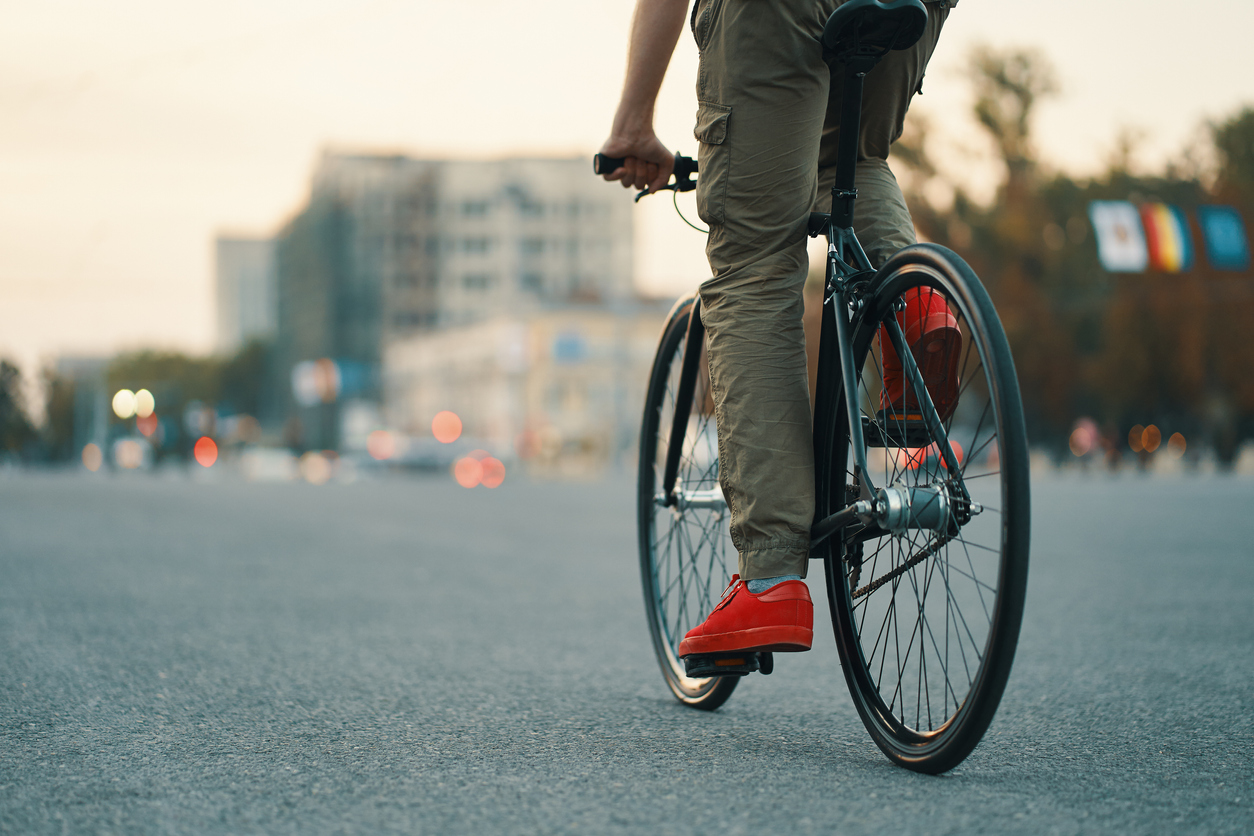
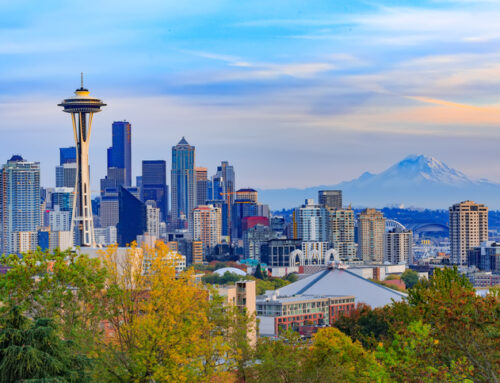
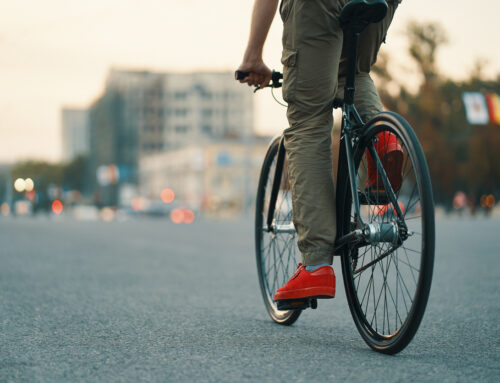
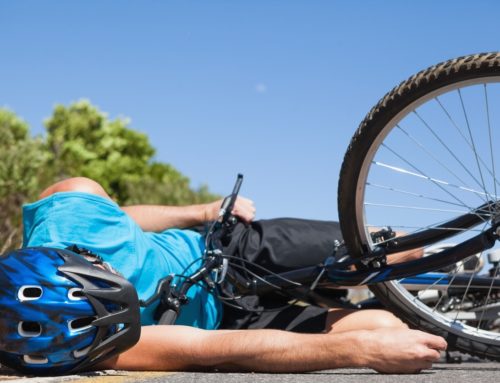
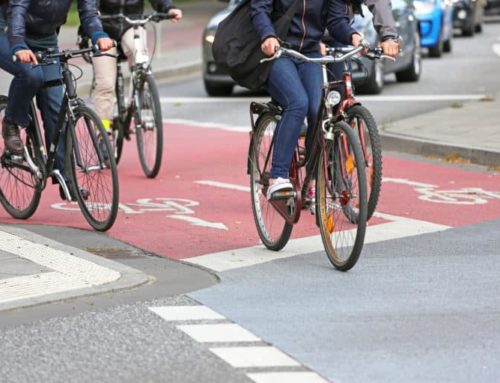

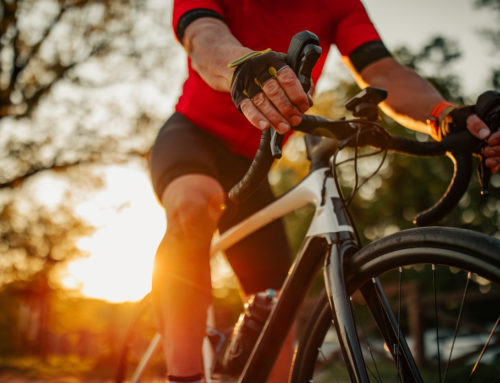

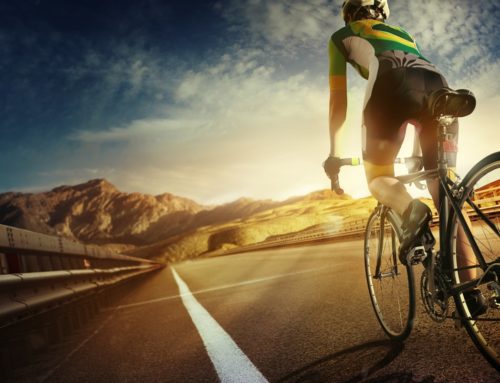
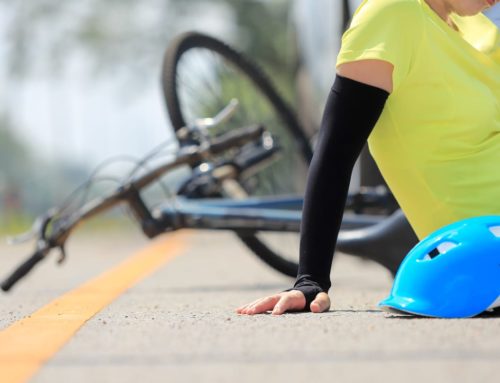
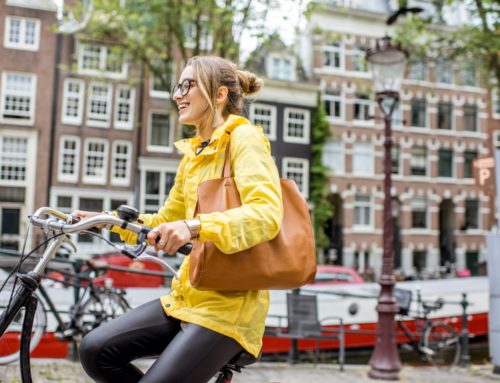
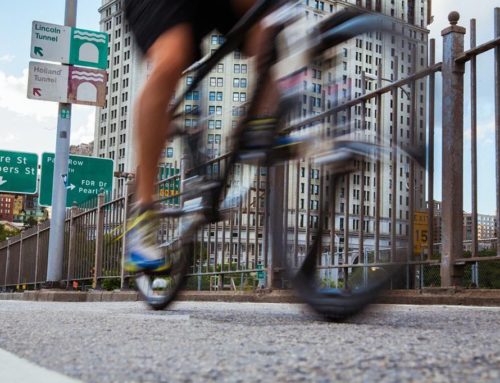
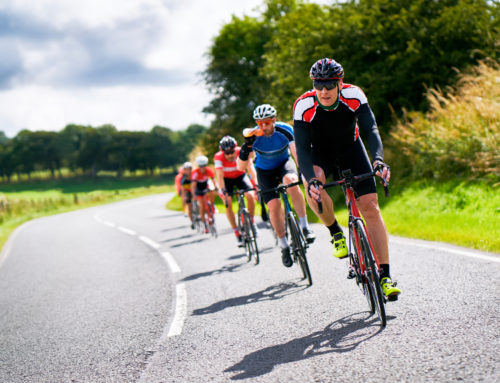
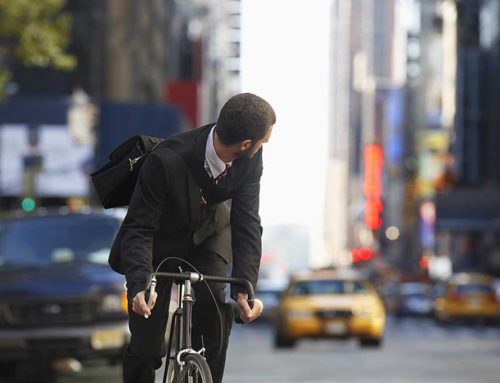
Leave A Comment